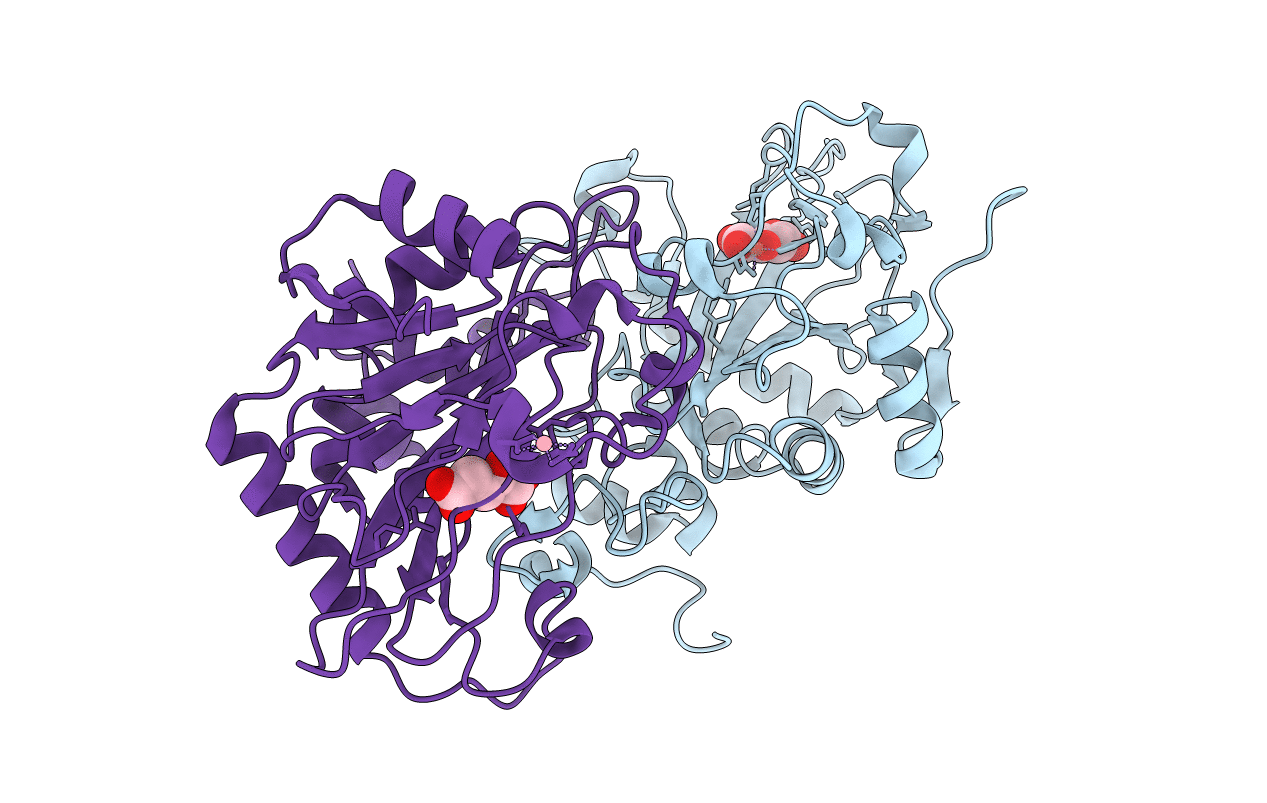
Deposition Date
2015-02-12
Release Date
2015-11-04
Last Version Date
2024-02-28
Entry Detail
PDB ID:
4Y5S
Keywords:
Title:
Structure of FtmOx1 with a-Ketoglutarate as co-substrate
Biological Source:
Source Organism:
Neosartorya fumigata (Taxon ID: 330879)
Host Organism:
Method Details:
Experimental Method:
Resolution:
2.54 Å
R-Value Free:
0.23
R-Value Work:
0.17
R-Value Observed:
0.17
Space Group:
P 1 21 1


